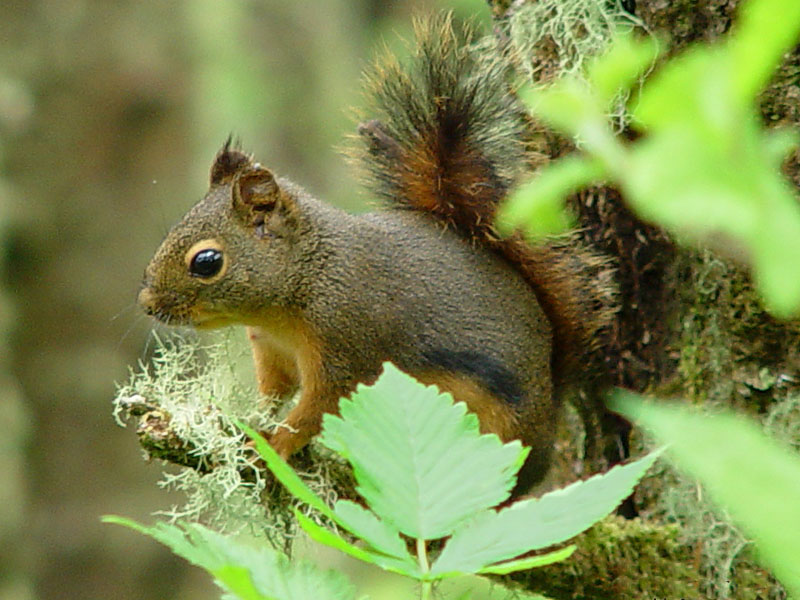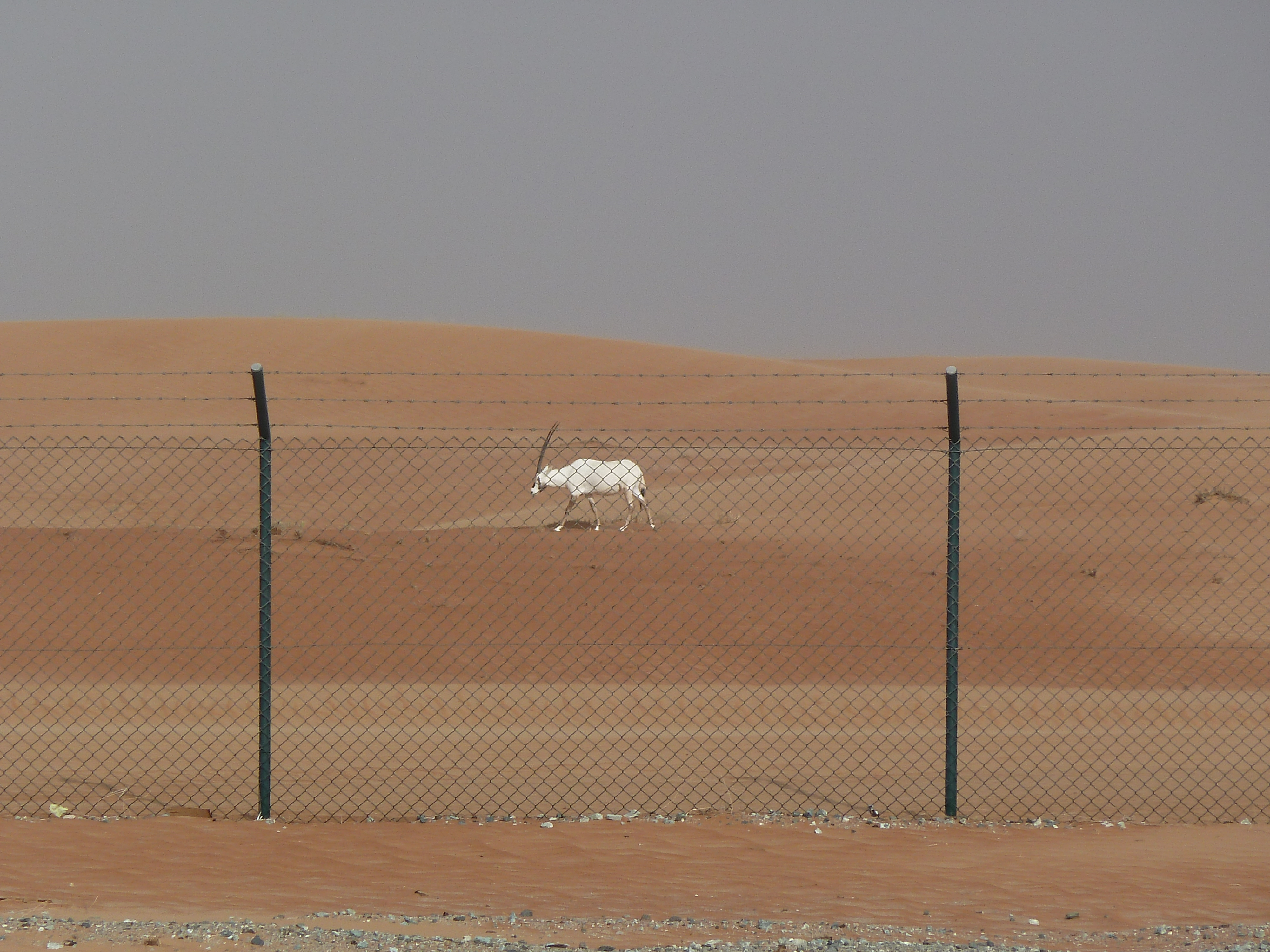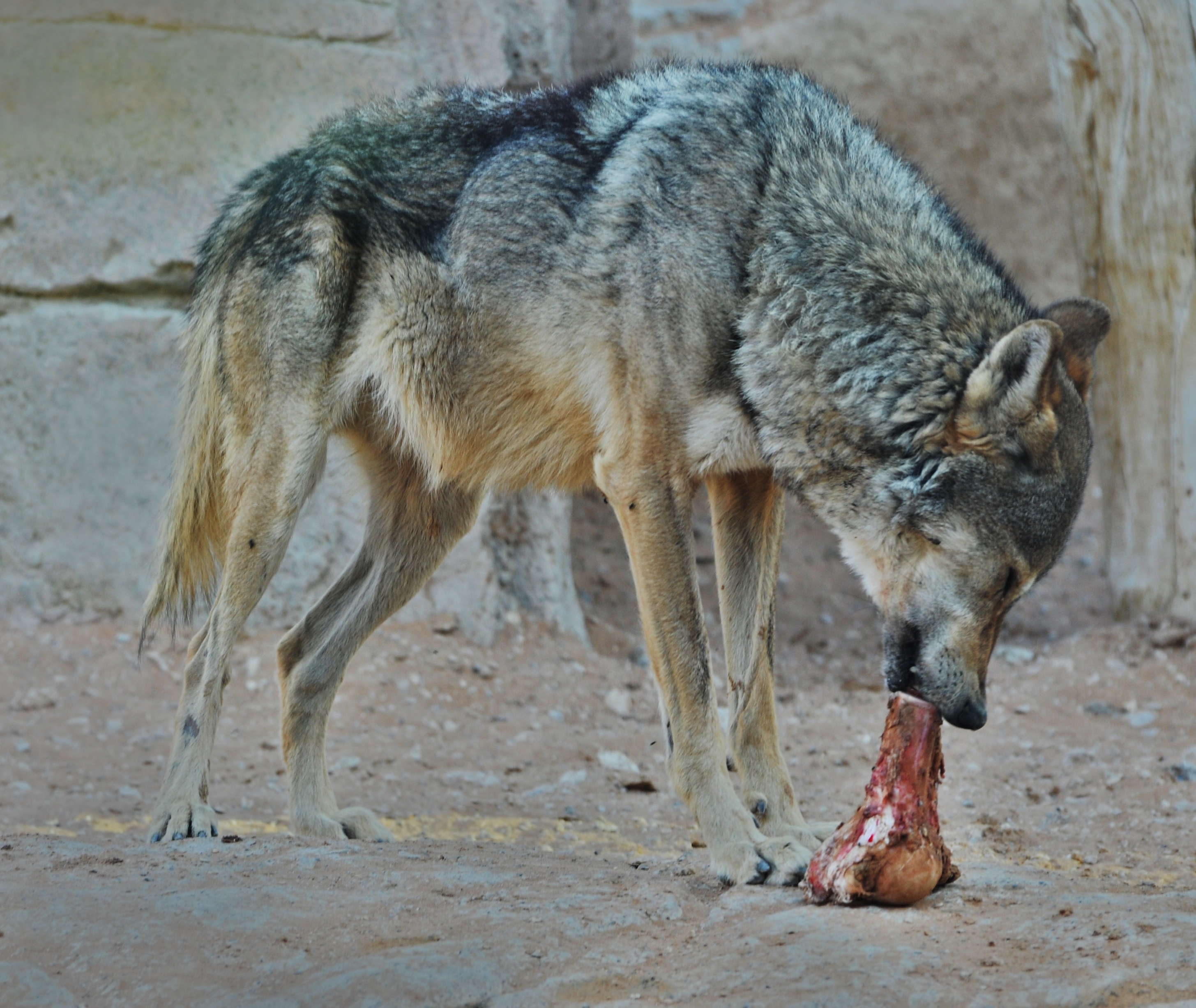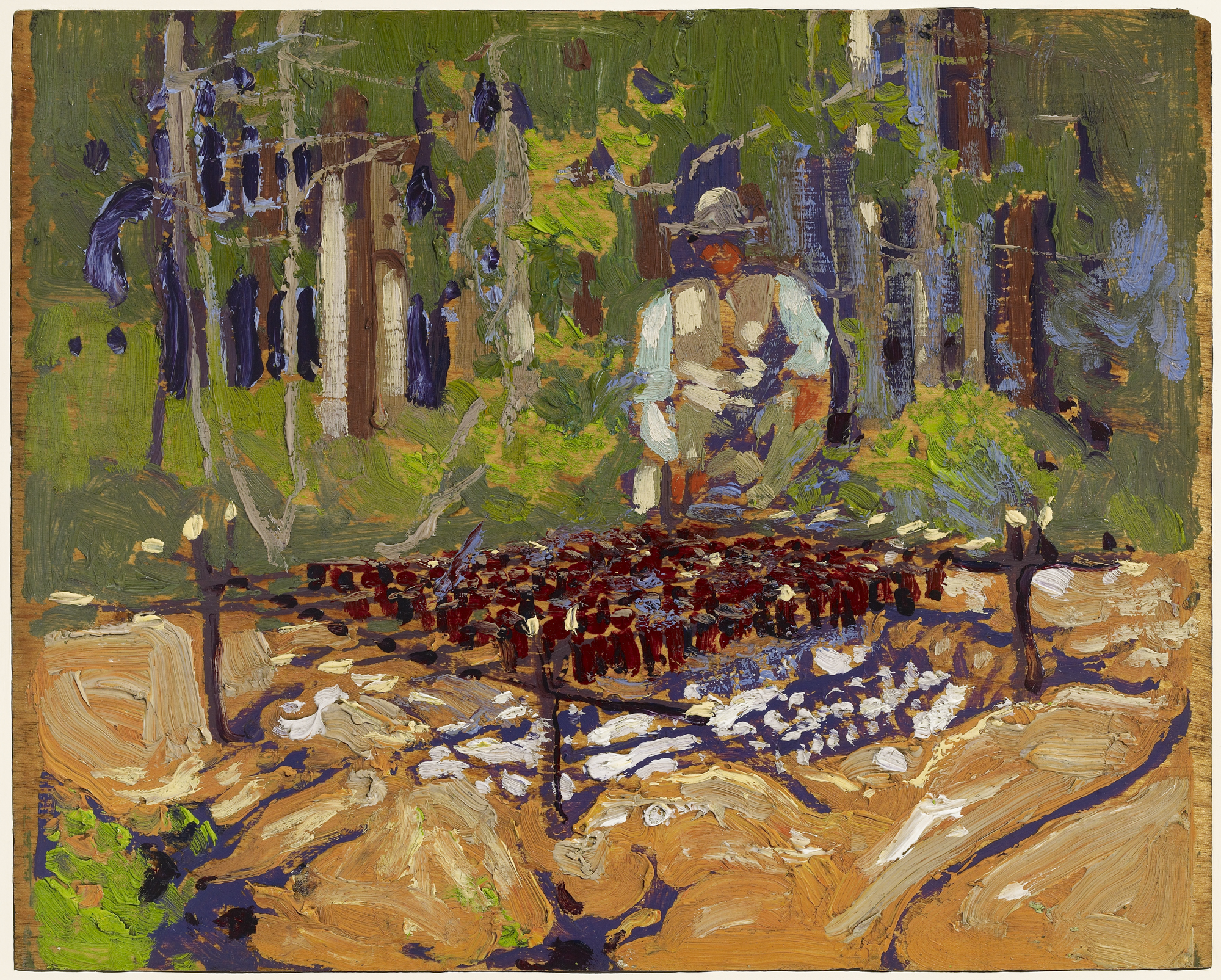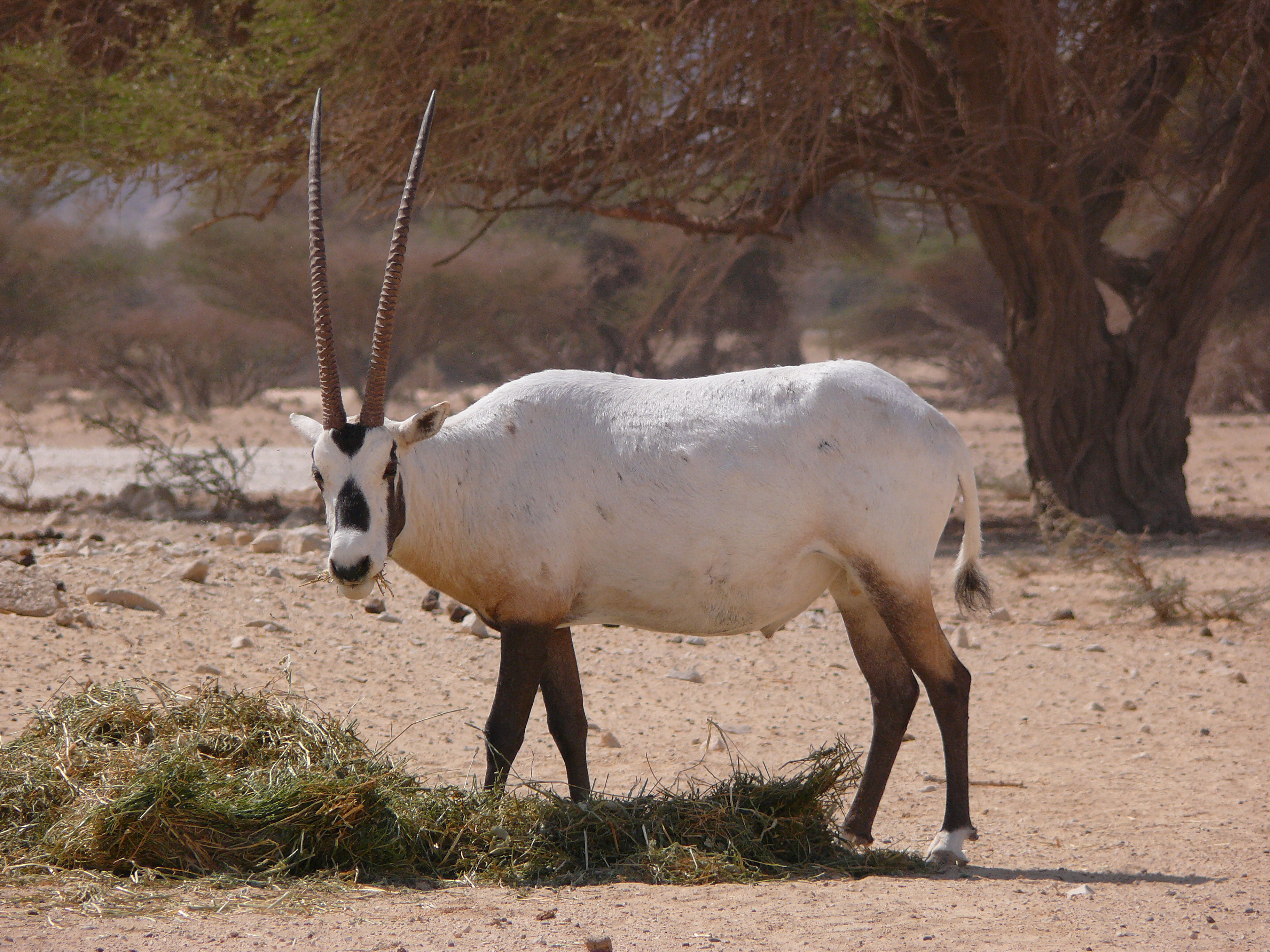|
Arabian Oryx Sanctuary
The Wildlife Reserve in Al Wusta, formerly the Arabian Oryx Sanctuary, is a nature reserve in the Omani Central Desert and Coastal Hills. In a much larger form, it was included in the UNESCO ''World Heritage'' list, but in 2007 it became the first site to be removed from the World Heritage list. On June 28, 2007, the reserve was removed from the World Heritage Site register. UNESCO cited Oman's decision to reduce Arabian Oryx Sanctuary by 90% after oil had been found at the site, and the decline of the population of Arabian oryx (a kind of antelope) from 450 in 1996 to 65 in 2007 as a result of poaching and habitat destruction. At that time, only four mating pairs remained. Species inhabiting the reserve also included the mountain gazelle, Nubian ibex The Nubian ibex (''Capra nubiana'') is a desert-dwelling goat species (Genus ''Capra (genus), Capra'') found in mountainous areas of North Africa, northern and Horn of Africa, northeast Africa, and the Middle East. It was his ... [...More Info...] [...Related Items...] OR: [Wikipedia] [Google] [Baidu] |
Al Wusta Governorate (Oman)
Al Wusta Governorate () is one of the governorates of Oman. Its capital city is Haima, Oman, Haima. It was previously a region ('mintaqah'), before becoming a governorate in 2011. Provinces The region of Al Wusta Governorate consists of four Provinces of Oman, 'Wilayat' (provinces): *Haima, Oman, Haima *Duqm *Mahout (Oman), Mahout *Al Jazer Demographics Health institutions The region has numerous health institutions in each 'wilayat': *Haima Hospital *CDC Haima *Al Ajaiz Health Centre *Duqm Hospital *Haitham Health Centre *Ras Madrika Health Centre *Mahout Health Centre *Khloof Health Centre *Nigda Health Centre *Sorab Health Centre *Al Jazir Hospital *Liqbi Health Centre *North Ghoubra Health Centre *South Ghoubra Health Centre References Al Wusta Governorate (Oman), Governorates of Oman {{Oman-geo-stub ... [...More Info...] [...Related Items...] OR: [Wikipedia] [Google] [Baidu] |
Mountain Gazelle
The mountain gazelle (''Gazella gazella''), also called the true gazelle or the Palestine mountain gazelle, is a species of gazelle that is widely but unevenly distributed. Approximately 6,000 are left in the wild as of 2024. The mountain gazelle is protected under Israeli law, with Israel being the last major sanctuary of the species in the Levant. Description Both sexes of the mountain gazelle have horns. Males have significantly larger horns with rings around them. Females also have horns, but they are thinner, smoother and shorter. Along with the horns, mountain gazelle are also sexually dimorphic in size, with males being larger than females. A mature male can range from 17 to 29.5 kg, while females are 16–25 kg in weight. Mountain gazelle can reach running speeds of up to . Population and range Mountain gazelle were historically distributed across the Levant. Currently they are most abundant in Israel, and are also present in the West Bank in Palestine, the ... [...More Info...] [...Related Items...] OR: [Wikipedia] [Google] [Baidu] |
Wildlife Sanctuaries Of Asia
Wildlife refers to undomesticated animals and uncultivated plant species which can exist in their natural habitat, but has come to include all organisms that grow or live wild in an area without being introduced by humans. Wildlife was also synonymous to game: those birds and mammals that were hunted for sport. Wildlife can be found in all ecosystems. Deserts, plains, grasslands, woodlands, forests, and other areas including the most developed urban areas, all have distinct forms of wildlife. While the term in popular culture usually refers to animals that are untouched by human factors, most scientists agree that much wildlife is affected by human activities. Some wildlife threaten human safety, health, property and quality of life. However, many wild animals, even the dangerous ones, have value to human beings. This value might be economic, educational, or emotional in nature. Humans have historically tended to separate civilization from wildlife in a number of ways, incl ... [...More Info...] [...Related Items...] OR: [Wikipedia] [Google] [Baidu] |
Former World Heritage Sites
World Heritage Sites may lose their designation when the UNESCO World Heritage Committee determines that they are not properly managed or protected. The committee can place a site it is concerned about on its list of World Heritage in Danger of losing its designation, and attempts to negotiate with the local authorities to remedy the situation. If remediation fails, the committee then revokes its designation. A country may also request to reduce the boundaries of one of its existing sites, in effect partially or fully delisting such properties. Under the World Heritage guidelines, a country must report to the committee whenever one of its properties "inscribed on the World Heritage List has seriously deteriorated, or when the necessary corrective measures have not been taken." Three sites have been completely delisted from the World Heritage List: the Arabian Oryx Sanctuary in Oman, the Dresden Elbe Valley in Germany and Liverpool Maritime Mercantile City in the United Kingdom. ... [...More Info...] [...Related Items...] OR: [Wikipedia] [Google] [Baidu] |
Caracal
The caracal (''Caracal caracal'') () is a medium-sized Felidae, wild cat native to Africa, the Middle East, Central Asia, and arid areas of Pakistan and northwestern India. It is characterised by a robust build, long legs, a short face, long tufted ears, relatively short tail, and long canine teeth. Its coat is uniformly reddish tan or sandy, while the ventral parts are lighter with small reddish markings. It reaches at the shoulder and weighs . It was first scientific description, scientifically described by German naturalist Johann Christian Daniel von Schreber in 1776. Three subspecies are recognised. Typically nocturnality, nocturnal, the caracal is highly secretive and difficult to observe. It is territory (animal), territorial, and lives mainly alone or in pairs. The caracal is a carnivore that typically preys upon birds, rodents, and other small mammals. It can leap higher than and catch birds in midair. It stalks its prey until it is within of it, after which it ru ... [...More Info...] [...Related Items...] OR: [Wikipedia] [Google] [Baidu] |
Honey Badger
The honey badger (''Mellivora capensis''), also known as the ratel ( or ), is a mammal widely distributed across Africa, Southwest Asia, and the Indian subcontinent. It is the only living species in both the genus ''Mellivora'' and the subfamily Mellivorinae. It has a fairly long body, with a distinctly thick-set and broad back, and remarkably loose skin, allowing the badger to turn and twist freely within it. The largest terrestrial mustelid in Africa, the honey badger measures long and weighs up to . Sexual dimorphism has been recorded in this species, with males being larger and heavier than females. There are two pairs of mammae, and an anal pouch which, unusual among mustelids, is eversible, a trait shared with hyenas and mongooses. The honey badger is a solitary animal that can be active at any time of day, depending on the location. It is primarily a carnivorous species and has few natural predators because of its thick skin, strength and ferocious defensive abiliti ... [...More Info...] [...Related Items...] OR: [Wikipedia] [Google] [Baidu] |
Arabian Wolf
The Arabian wolf (''Canis lupus arabs'') is a subspecies of gray wolf native to the Arabian Peninsula—to the west of Bahrain, as well as Oman, southern Saudi Arabia, and Yemen. It is also found in Israel’s Negev and Arava Deserts, Jordan, Palestine, and Egypt's Sinai Peninsula. It is the smallest gray wolf subspecies and a specialized xerocole (arid-adapted) animal that normally lives in smaller familial packs. Arabian wolves are omnivorous and opportunistic eaters; they consume small to medium-sized prey, from insects, reptiles and birds to rodents and small ungulates, such as young Nubian ibex and several species of gazelle (Arabian, goitered, Dorcas, and mountain gazelles). Taxonomy Once thought to be synonymous with ''C. l. pallipes'' (the Indian wolf), the Arabian wolf was designated ''Canis lupus arabs'' by the British zoologist Reginald Innes Pocock in 1934. Pocock noted its smaller skull and smaller size. In the third edition of ''Mammal Species of the World'' pub ... [...More Info...] [...Related Items...] OR: [Wikipedia] [Google] [Baidu] |
Nubian Ibex
The Nubian ibex (''Capra nubiana'') is a desert-dwelling goat species (Genus ''Capra (genus), Capra'') found in mountainous areas of North Africa, northern and Horn of Africa, northeast Africa, and the Middle East. It was historically considered to be a subspecies of the Alpine ibex (''C. ibex''), but is now considered a distinct species. The wild population is estimated at 4,500 mature individuals, and it is classified as Vulnerable species, vulnerable. Taxonomy Classification The Nubian ibex was first identified in History of science, modern science by Frédéric Cuvier in his 1825 ''Histoire naturelle des mammifères: avec des figures originales, coloriées, dessinées d'aprèsdes animaux vivans'', in which he illustrated the animal with the label "Bouc sauvage de la Haute-Égypte" ("Wild goat of Upper Egypt"). It was initially classified as ''Capra ibex nubiana'', a subspecies of the Alpine ibex (''C. ibex''), which had been previously identified by Carl Linnaeus in 1758 ... [...More Info...] [...Related Items...] OR: [Wikipedia] [Google] [Baidu] |
Habitat Destruction
Habitat destruction (also termed habitat loss or habitat reduction) occurs when a natural habitat is no longer able to support its native species. The organisms once living there have either moved elsewhere, or are dead, leading to a decrease in biodiversity and species numbers. Habitat destruction is in fact the leading cause of biodiversity loss and species extinction worldwide. Humans contribute to habitat destruction through the use of natural resources, agriculture, industrial production and urbanization (urban sprawl). Other activities include mining, logging and trawling. Environmental factors can contribute to habitat destruction more indirectly. Geological processes, climate change, introduction of invasive species, ecosystem nutrient depletion, water and noise pollution are some examples. Loss of habitat can be preceded by an initial habitat fragmentation. Fragmentation and loss of habitat have become one of the most important topics of research in ecology as the ... [...More Info...] [...Related Items...] OR: [Wikipedia] [Google] [Baidu] |
Oman
Oman, officially the Sultanate of Oman, is a country located on the southeastern coast of the Arabian Peninsula in West Asia and the Middle East. It shares land borders with Saudi Arabia, the United Arab Emirates, and Yemen. Oman’s coastline faces the Arabian Sea to the southeast and the Gulf of Oman on the northeast. The exclaves of Madha and Musandam Governorate, Musandam are surrounded by the United Arab Emirates on their land borders, while Musandam’s coastal boundaries are formed by the Strait of Hormuz and the Gulf of Oman. The capital and largest city is Muscat. With a population of approximately 5.46 million and an area of 309,500 km2 (119,500 sq mi), Oman is the Countries with highest population, 123rd most-populous country. From the 18th century, the Omani Sultanate was Omani Empire, an empire, competing with the Portuguese Empire, Portuguese and British Empire, British empires for influence in the Persian Gulf and the Indian Ocean. At its peak in the 19th ce ... [...More Info...] [...Related Items...] OR: [Wikipedia] [Google] [Baidu] |
Poaching
Poaching is the illegal hunting or capturing of wild animals, usually associated with land use rights. Poaching was once performed by impoverished peasants for subsistence purposes and to supplement meager diets. It was set against the hunting privileges of nobility and territorial rulers. Since the 1980s, the term "poaching" has also been used to refer to the illegal harvesting of wild plants. In agricultural terms, the term 'poaching' is also applied to the loss of soils or grass by the damaging action of feet of livestock, which can affect availability of productive land, water pollution through increased runoff and welfare issues for cattle. Stealing livestock, as in cattle raiding, classifies as theft rather than poaching. The United Nations' Sustainable Development Goal 15 enshrines the sustainable use of all wildlife. It targets the taking of action on dealing with poaching and trafficking of protected species of flora and fauna to ensure their availability for present ... [...More Info...] [...Related Items...] OR: [Wikipedia] [Google] [Baidu] |
Arabian Oryx
The Arabian oryx or white oryx (''Oryx leucoryx'') is a medium-sized antelope with a distinct shoulder bump, long, straight horns, and a tufted tail. It is a bovid, and the smallest member of the genus '' Oryx'', native to desert and steppe areas of the Arabian Peninsula. The Arabian oryx was extinct in the wild by the early 1970s, but was saved in zoos and private reserves, and was reintroduced into the wild starting in 1980. In 1986, the Arabian oryx was classified as endangered on the IUCN Red List, and in 2011, it was the first animal to revert to vulnerable status after previously being listed as extinct in the wild. It is listed in CITES Appendix I. In 2016, populations were estimated at 1,220 individuals in the wild, including 850 mature individuals, and 6,000–7,000 in captivity worldwide. Etymology The taxonomic name ''Oryx leucoryx'' is from the Greek ' (gazelle or antelope) and ' (white). The Arabian oryx is also called the white oryx in English, ' in Hebrew, ... [...More Info...] [...Related Items...] OR: [Wikipedia] [Google] [Baidu] |

